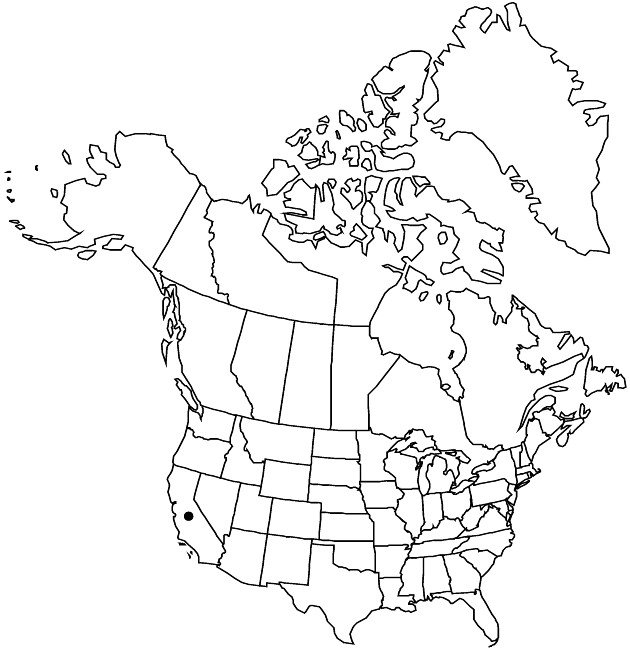Difference between revisions of "Agnorhiza invenusta"
Phytologia 85: 20. 1999.
FNA>Volume Importer |
FNA>Volume Importer |
||
| Line 60: | Line 60: | ||
|publication year=1999 | |publication year=1999 | ||
|special status= | |special status= | ||
| − | |source xml=https://jpend@bitbucket.org/aafc-mbb/fna-data-curation.git/src/ | + | |source xml=https://jpend@bitbucket.org/aafc-mbb/fna-data-curation.git/src/f50eec43f223ca0e34566be0b046453a0960e173/coarse_grained_fna_xml/V19-20-21/V21_249.xml |
|tribe=Asteraceae tribe Heliantheae | |tribe=Asteraceae tribe Heliantheae | ||
|subtribe=Asteraceae (tribe Heliantheae) subtribe Ecliptinae | |subtribe=Asteraceae (tribe Heliantheae) subtribe Ecliptinae | ||
Revision as of 20:36, 16 December 2019
Plants 20–60(–100) cm. Stems erect, usually distally branched (densely glandular distally). Cauline leaves: blades ± deltate to ovate or ovate-lanceolate, 7–20 cm, bases broadly cuneate to truncate or shallowly cordate, margins usually entire, rarely irregularly crenate, faces piloso-hispid or hirtellous (usually gland-dotted or stipitate-glandular as well). Heads usually held beyond leaves. Involucres ± hemispheric, 20–30 mm diam. Outer phyllaries lineartriangular to lanceolate, 18–25(–30+) mm (equaling or slightly surpassing discs). Ray florets 0 or 2–3, laminae 6–10 mm. Cypselae 7–8 mm, glabrous (apices developing knoblike projections on angles); pappi 0.
Phenology: Flowering Jun–Jul.
Habitat: Openings in chaparral and in pine and oak forests
Elevation: (600–)1100–1900(–2300) m
Discussion
Agnorhiza invenusta is known only from the western foothills of the Sierra Nevada.
Selected References
None.
